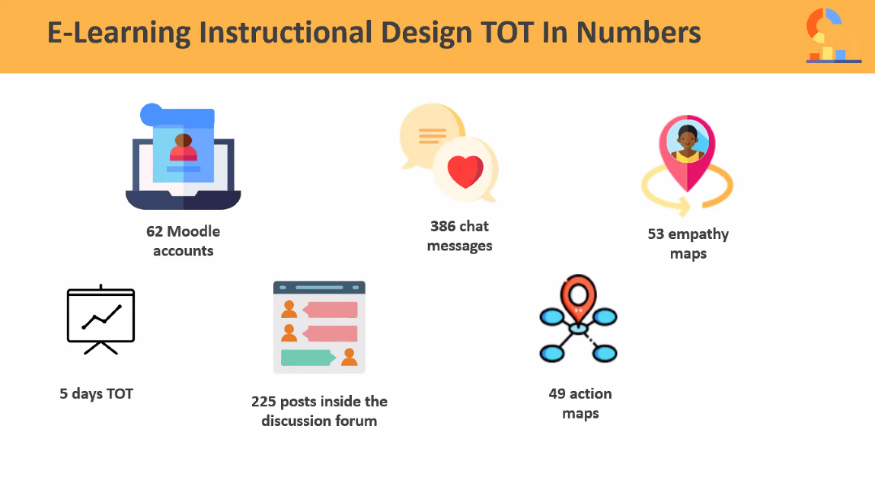NTC Lecturers Ready to Design Online Courses - Uganda
John Dewey, one
of the influential minds behind education progressive reforms once
said, “If we teach today’s students as we taught them yesterday, we rob them of
tomorrow.” This
statement is relevant
in Uganda’s context today as we have experienced
a paradigm shift within the education
sector which has caused learning models to change and required us to
adopt new teaching methods that
suit the current times.
Cognizant of this, on
Monday 16th August 2021, the TTE
project and Ministry of Education and Sports launched a weeklong EduHack
on E-learning Instructional Design for the lecturers of the National Teachers’ Colleges (NTCs) in
Uganda. This EduHack which
was aimed at teaching NTC lecturers how to design online courses was
the 3rd out
of a series of co-creation workshops that was first
launched in May 2021. In the 1st and
2nd EduHacks,
lectures experienced e-learning and the creation
of online
educational content. In the 3rd EduHack, emphasis
was put on
E-learning Instructional Design. Here, teacher trainers
were expected to part with the knowledge and skills of designing
an online course and roll out these
skills to
the rest of the NTCs’ staff.
E-learning Instructional design is the
process by which
one plans out the structure and flow of their online courses, using different
digital tools, strategies and creativity, ensuring
that all steps and parts are included. In
the 3rd EduHack, NTC
lecturers went through a training process where they practiced online
course design
using ‘Moodle', a popular Learning Management System. As part of the training,
NTC lecturers explored the ‘ADDIE model’, a 5-step guide to successful
e-learning course design and the ‘Bloom's Digital Taxonomy’ to inform them on
how to use technology and digital tools to facilitate student learning
experiences and outcomes.
While exploring the ADDIE model, the training
was focused on the Analysis and Design
phases of the instructional design model. In the
Analysis phase, emphasis was put on teaching
NTC lecturers how to identify the course
required and the overall teaching goal. Focus was
also put on identifying one’s students,
their needs
and their motivations to study a course. The Analysis
phase was key in triggering
empathy from the teachers
to enable them to see
the world through the eyes of their learners. Teacher
trainers were then introduced to what is known as
an ‘Empathy Map’, a tool that is used to
gain a deeper understanding of learners. As practice, they created empathy maps for
their students as a starting point to their e-learning
course design.
Regarding the Design phase of the ADDIE model, lecturers
learnt how to set overall course objectives, plan and structure content, and
write storyboards for online content. The teacher
trainers then ventured into content creation using
an Action
Map for the course they had identified during the analysis phase. With
the Action Map, they
experimented creating realistic practice activities out of their
set learning objectives. They also set the overall
goals for
their respective courses, the main objectives
and created activities
that allow learners to achieve the learning outcomes in
an online environment. Finally, the
teacher trainers went through a session on
E-assessment where they gained insight on the
different techniques and types
of e-assessment to use while evaluating the
overall learning objectives of their students. All
this was done following the different
cognitive levels of Bloom’s digital taxonomy.
By the end of the weeklong workshop, a total of 63
Moodle accounts had been created by the teacher trainers who can now design
their own online educational material tailored to the needs of the students. In
addition, 49 action maps and 53 empathy maps were created by the teacher
trainers as part of their online course design process. A Community
of Practice session was also held on 26th August
2021 where the TTE Sandbox help desk team presented to NTC
lecturers their rollout plans of the knowledge and skills acquired from the 3rd EduHack.
Latest news from this project
No news

